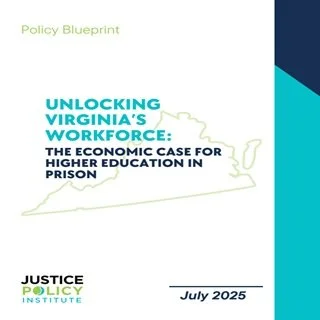By James Bargent, et al
Over the last five years, Ecuador has been engulfed in violence and a criminal chaos unprecedented in its modern history. The roots of this security crisis can be traced directly to the country’s prison system and the criminal networks that have evolved inside of it. Shaped by a series of failed reforms and the state’s negligence, corruption, and incapacity, the prisons provided a space for these groups, known in Ecuador simply as “mafias,” to take root and grow. More than that, they also provided an economic base for this growth in the form of multi-million-dollar criminal markets that have turned the prisons into one of the most lucrative criminal economies in Ecuador.
Fueled by these profits, the mafias leveraged the opportunity the prisons provided to make connections to gangs on the streets, facilitating their territorial expansion on the outside, and granting them access to the upper echelons of organized crime, including the booming transnational cocaine trade. Competition to control strategic territories and criminal economies between these mafias have driven soaring murder rates on the streets and a series of prison massacres that have claimed hundreds of lives. These criminal networks have also destabilized the country’s democracy with terror-style tactics and political violence. The security crisis stemming from the prisons has provoked a hard-line response from Ecuador’s government, which declared an “internal armed conflict” with “terrorist” groups and deployed the military to the prisons and the streets. While this has disrupted some mafia operations, there has been little sign of any strategy to tackle the systemic failures that led to their rise. And there are signs that both the mafias and corruption networks are reconstituting and setting the stage for a new cycle of violence and criminal activity. Major Findings
▶ Ecuador’s prisons became the epicenter of organized crime because of years of government failures and half-measures. To begin with, hard-line anti-drug laws filled the prisons beyond capacity. The state’s subsequent struggles to control the overcrowded facilities created vacuums in authority, which were filled by corruption networks and criminal gangs. And, after the construction of a series of “mega-prisons” failed to control the internal chaos, the government slashed the operational budget and dismantled the ministry responsible for running it, providing the catalyst for the total criminal takeover of the system.
▶ The concentration of the population in the mega-prisons increased the profits from internal rackets. This converted the penitentiary system into a multimillion dollar criminal economy based on exploiting the lack of state control and the failure to provide basic services. These markets are run both by gangs and extensive corruption networks, which may work with the gangs or independently. The profits from this economy drove the evolution and expansion of the prison mafias, while providing a powerful incentive for corrupt actors to undermine attempts at reform.
▶ The prison mafias grew quickly by recruiting bands of small-time criminals and youth gangs in the prisons and integrating them into federations of semi-autonomous criminal structures operating both in the prisons and on the streets. The mafia leaders were then able to put these networks at the service of criminal elites. This created a unique role for them, coordinating and connecting the different levels of organized crime.
▶ Through this process, the prison mafias have established themselves as important links in the transnational cocaine supply chain. However, for the most part, they remain at the operational level of trafficking, providing logistical and security services to Mexican, Colombian, European, and individual Ecuadorian drug traffickers.
▶ The ceding of the prisons to the mafias, the growth of the criminal economies that fund them, and the opportunities to access the transnational drug trade led to criminal competition that fuelled high levels of violence inside and outside the prison system that has been difficult to control. The catalyst for this rise in violence was the power vacuum left by the murder of Choneros leader Jorge Luis Zambrano, alias “Rasquiña” or “JL,” who had previously limited competition by integrating numerous criminal interests and powers into a single network held together by his individual authority.
▶ While the military intervention in the prisons in 2024 disrupted the mafia’s capacity to operate freely, the evident lack of mid- and long-term strategies to tackle the systemic issues at the heart of the prison crisis or dismantle the prison business makes it highly likely organized crime and corruption networks will reestablish operations within the prisons. Furthermore, the weakening of leadership ties between the prisons and the streets has accelerated a trend towards the atomization of the mafias, leading to increased territorial disputes and predatory criminal activities outside the prisons, principally affecting Ecuador’s most economically deprived and marginalized communities.
Washington, DC: Insight Crime, 2024. 76p.





